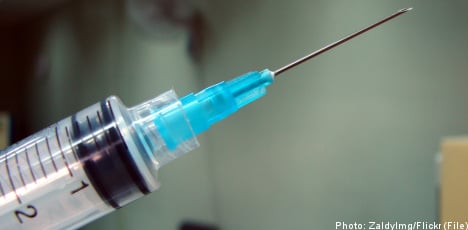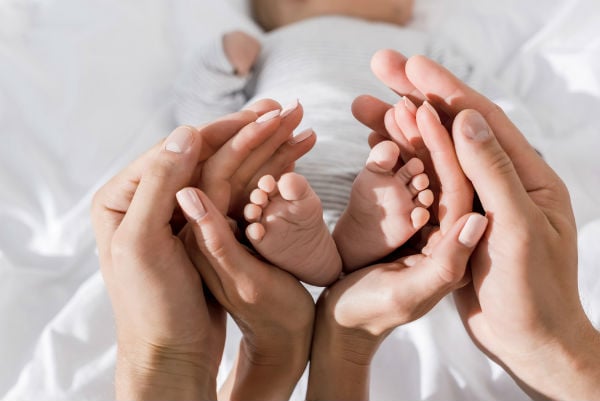The cases, reported from around the country, have come to light over the last year and a half, and at Akademikliniken in Stockholm, the treatment has been suspended pending investigation.
“Of course this will be reported, and we will get to the bottom of this,” said Jan Jernbeck, doctor at Akademikliniken. “But we have to know how many patients it concerns.”
He is now looking into the matter but is uncertain whether the complications are due to the substance or the way it has have been injected into the penis.
Some men have reported that following treatment the gel has spread unevenly and formed lumps, while others experience pain and erectile dysfunctions.
The manufacturer of Macrolane, Q-med, is meanwhile also being investigated by the Medical Products Agency (Läkemedelsverket) for their breast implants which were said to complicate mammography examinations.
The investigatior Gert Bruse has said that Q-med had ordered an update of their user manuals, discouraging the use of Macrolane in penis enlargements. The reason is said to be the lack of clinical data documenting the effects.
“There is a clear lack of research in this area,” Bruse said. “Unfortunately.”



 Please whitelist us to continue reading.
Please whitelist us to continue reading.
Member comments